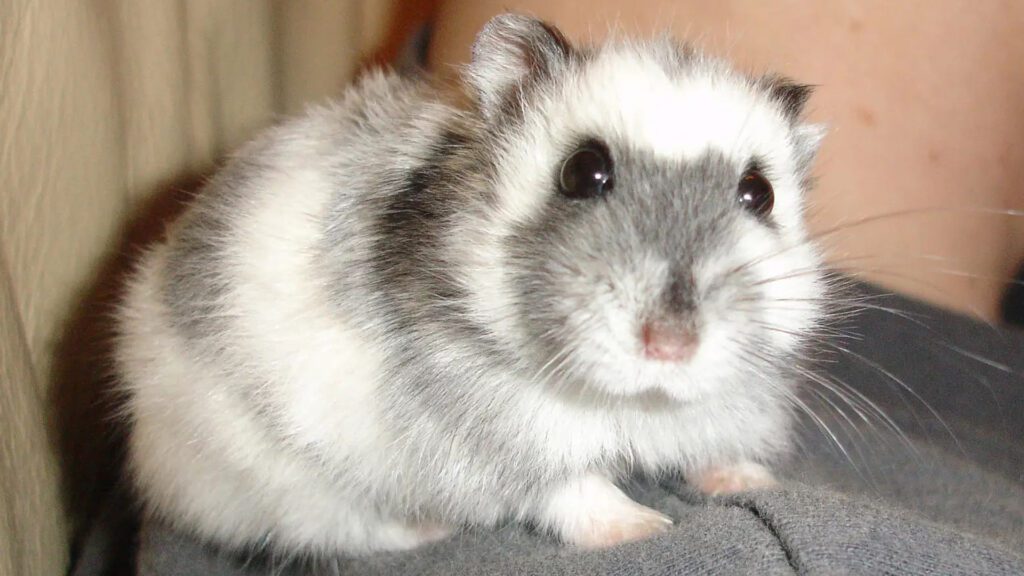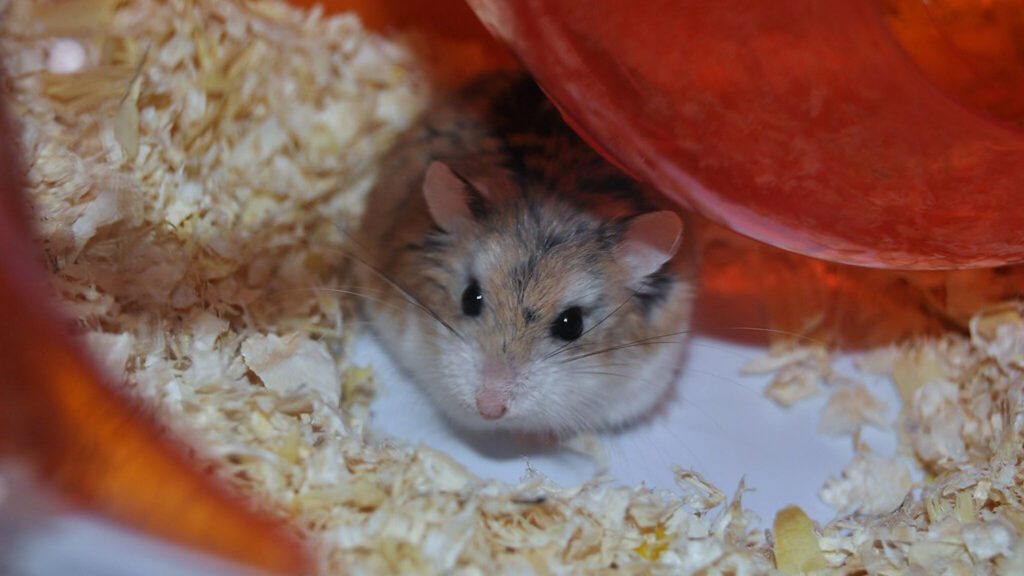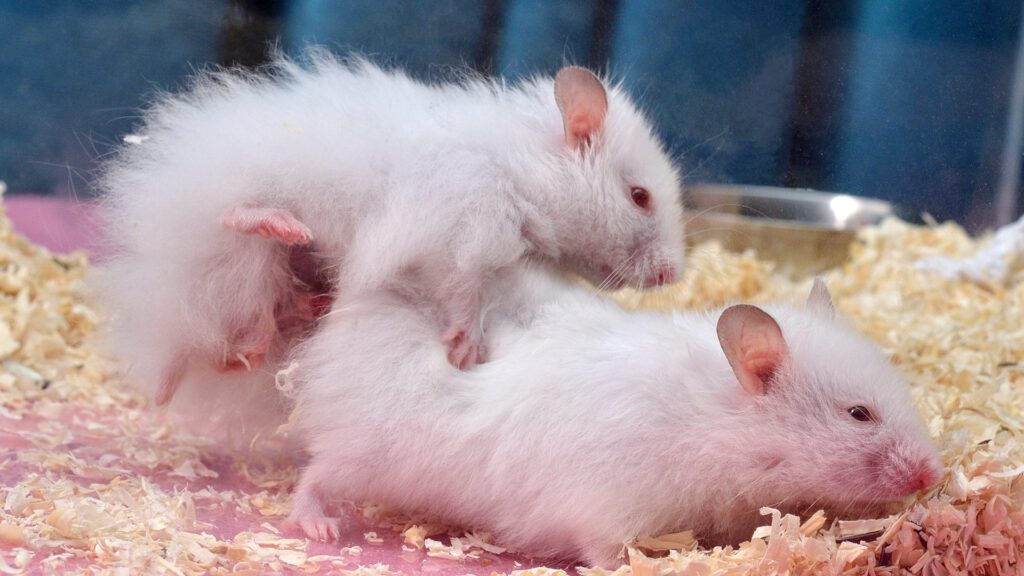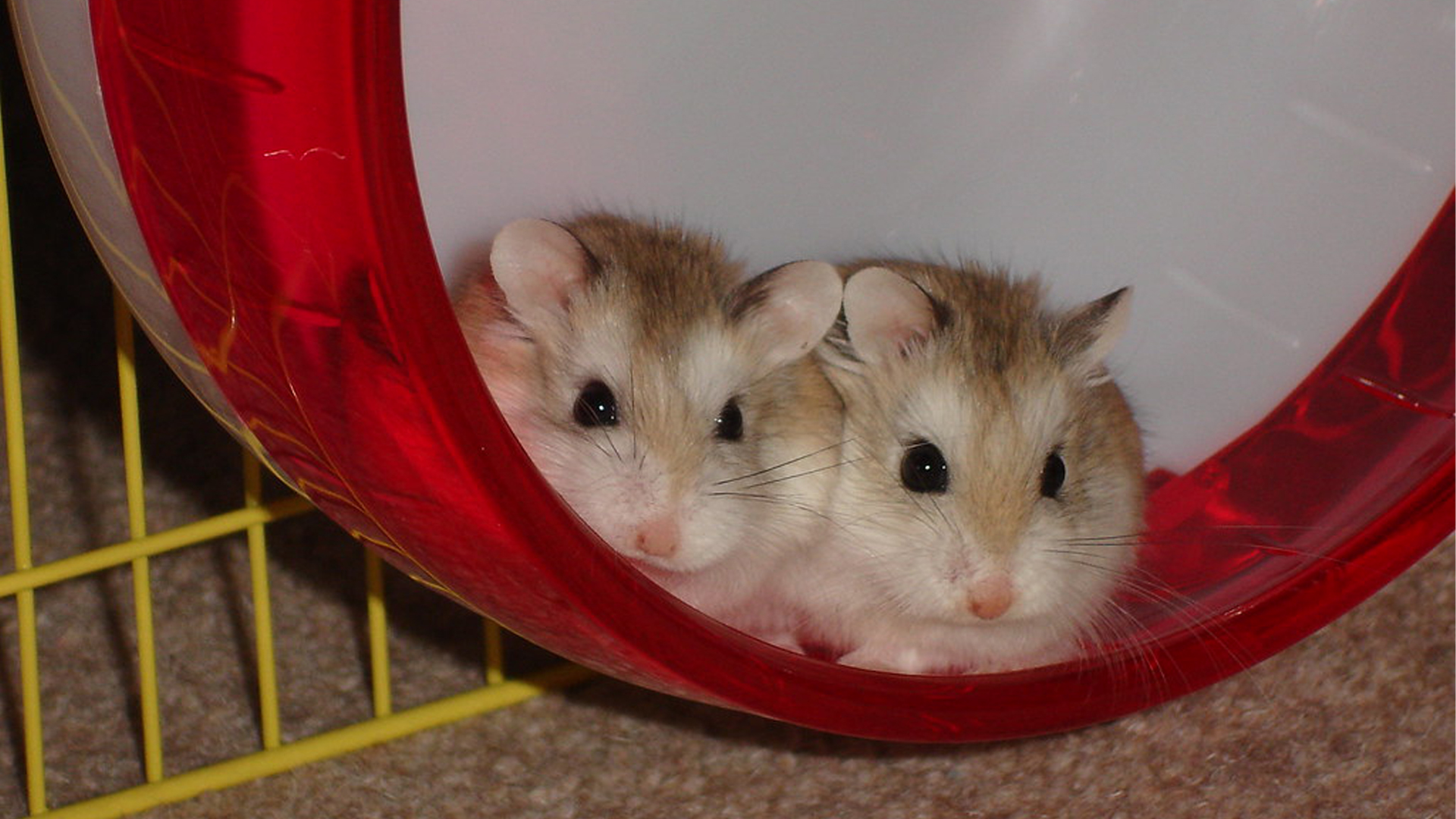Have you considered getting yourself a cute and cuddly pet hamster, but can’t decide due to the wide variety of breeds?
Well, fret not! I have curated a list of five most popular hamster breeds, plus some tips on taking care of them.
What Type Of Animal Is A Hamster?
Hamsters are rodents belonging to the muroid family, ranging in size from small to large. Hamsters are nocturnal animals.
These rodents are easily recognized by their stout body, furry ears, short tail, and full cheek pouches.
Different Breeds Of Hamsters
There are several different breeds of hamsters, each with its unique characteristics, size, and temperament. Here’s a look at five most popular types of hamster species:
Syrian Hamster (Golden Hamster)
The Syrian hamster is the largest species of hamsters. They typically reach 5 to 7 inches in length and come in various colors and fur types.
Syrian hamsters are territorial and solitary animals, meaning they should be housed alone to prevent fighting. The long haired version of this breed is also known as teddy bear hamster.
| Scientific Name | Weight | Life Expectancy |
| Mesocricetus auratus | 100- 140g | 2-3 years |
Suitable For:
- People of every age.
- People who have time for grooming.
Campbell’s Dwarf Hamster

This small breed measures about 3 to 4 inches in length. They are social creatures and can often live in pairs or small groups if introduced correctly.
Campbell’s hamsters have a playful and curious nature but can be more temperamental than Syrians. They come in various colors and a thin dorsal stripe on the back.
| Scientific Name | Weight | Life Expectancy |
| Phodopus campbelli | 27g | 1-2 years |
Suitable For:
- Experienced hamster owners.
Dwarf Winter White Russian Hamster
Winter White hamsters are also about 3 to 4 inches long. They are known for their ability to change color with the seasons, turning a snowy white during winter months.
Winter white dwarf hamsters are usually friendly and can be kept in pairs or groups, making them a great option for families.
| Scientific Name | Weight | Life Expectancy |
| Phodopus sungorus | 10- 45g | 1-2 years |
Suitable For:
- Hamster owners of every experience level.
Roborovski Hamster (Robo)

The Roborovski hamster measures around 2 to 4 inches long. This species of dwarf hamsters are known for their small size and docile nature. These pet hamsters are social animals and thrive in pairs or small groups.
Roborovski dwarf hamsters have a sandy-colored coat with white markings and are less prone to biting compared to other breeds.
| Scientific Name | Weight | Life Expectancy |
| Phodopus roborovski | 20-25g | 4-4 years |
Suitable For:
- Experienced hamster owners.
Chinese Hamster
Originally from the deserts of China and Mongolia, the Chinese hamster differs in looks from many of its relatives due to its tail. They typically measure about 4 to 5 inches in length.
Chinese hamsters prefer to live alone and do better in a larger habitat where they have plenty of room to dig and play.
You can keep this hamster breed in same-sex pairs or groups as long as they are properly introduced at a young age.
| Scientific Name | Weight | Life Expectancy |
| Cricetulus griseus | 30-45g | 2-3 years |
Suitable For:
- Pet owners who are fond of handling pets regularly.
General Care Tips For Different Hamster Breeds
Understanding the specific needs of different hamster breeds can help ensure they lead happy and healthy lives. Here are some general care tips tailored to popular hamster breeds:
Syrian Hamsters

Housing: Syrian hamsters require a spacious cage, ideally 24 inches by 12 inches or larger, with plenty of vertical space for climbing.
Bedding: Use a safe bedding material like aspen shavings or paper-based bedding. Avoid cedar or pine shavings, as they can be harmful to their respiratory systems.
Diet: Provide a high-quality pellet food designed specifically for hamsters. Treats like meal-worms and sunflower seeds can be given occasionally.
Dwarf Hamsters (Campbell’s, Winter White, Roborovski)
Housing: Dwarf hamsters can live together in pairs if introduced at a young age. Their cages should be at least 24 inches long, with plenty of hiding spots and tunnels.
Bedding: Similar to Syrian hamsters, use aspen or paper-based bedding. Ensure the bedding is deep enough for them to burrow.
Diet: Dwarf hamsters can also eat a high-quality pellet food, along with small amounts of fresh produce. Be cautious with fruits as they can be higher in sugar.
Chinese Hamsters
Housing: Chinese hamsters are somewhat social but should still be monitored when housed together. They need a cage at least 20 inches long, with various levels and hiding places.
Bedding: Use similar bedding options; ensure they have ample material for burrowing.
Diet: Offer a balanced diet of hamster pellets, fresh vegetables, and occasional treats. Chinese hamsters may have slightly different dietary needs due to their smaller size.
Hybrid Dwarf Hamsters
Housing: A spacious cage is necessary to accommodate their active nature.
Bedding: Opt for safe bedding materials, as with other dwarf breeds, ensuring they have plenty of room to burrow.
Diet: A high-quality commercial hamster food that is specifically formulated for dwarf hamsters should make up the bulk of their diet.
Closing Thoughts on Hamster Breeds
In conclusion, exploring the diverse world of hamster breeds reveals the unique characteristics and personalities that each type brings to the table.
There is a breed to suit every pet owner’s lifestyle and preferences! Choose the one that you think suits you best!


